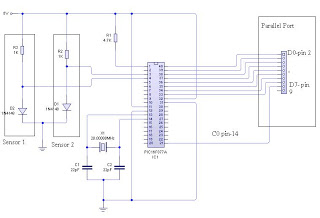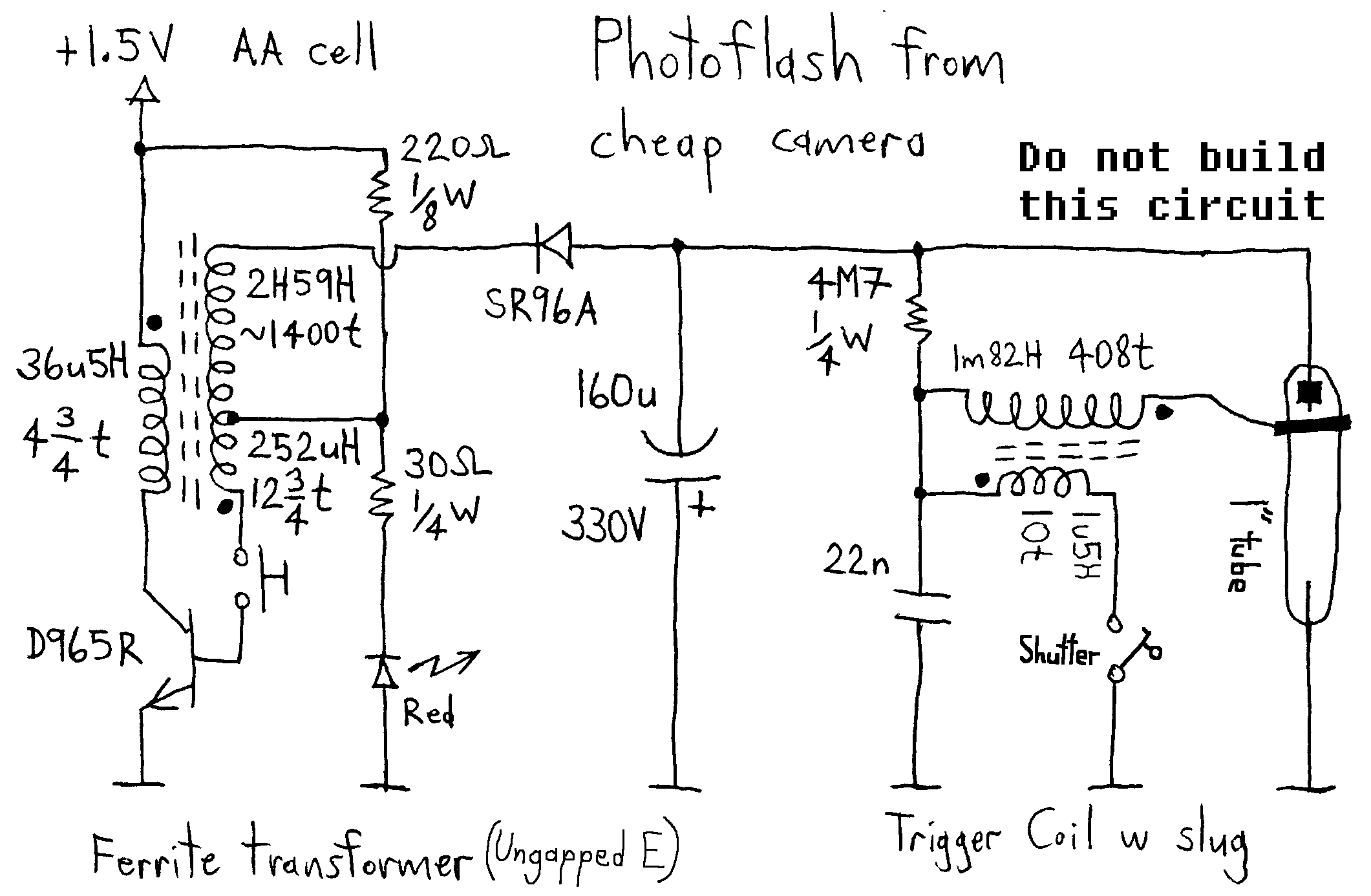
The Witness Camera project

The circuit of the Witnesscam consists of four integrated circuits and a few passive components, making it quite simple. The AVR ATmega32 microcontroller plays a crucial role in the design. By incorporating a JPG camera module, a PIR sensor, and an additional SD card, the assembly is complete.
The Witnesscam circuit utilizes the AVR ATmega32, a versatile 8-bit microcontroller known for its efficiency and ease of programming. This microcontroller serves as the central processing unit, managing the operations of the camera module and the PIR sensor. The JPG camera module is responsible for capturing images, while the PIR (Passive Infrared) sensor detects motion, triggering the camera to take pictures when movement is detected.
In addition to the integrated circuits, a selection of passive components is employed to support the circuit's functionality. These components may include resistors, capacitors, and possibly inductors, which help stabilize the power supply, filter signals, and manage data transmission between the microcontroller and the camera module.
The inclusion of an SD card allows for the storage of captured images, providing a practical solution for data retention. The system can be powered by a suitable power supply, ensuring that the components operate within their specified voltage and current ratings.
Overall, the Witnesscam circuit exemplifies a straightforward yet effective design, leveraging the capabilities of the AVR ATmega32 along with essential peripheral components to create a compact surveillance solution.Just 4 integrated circuits and an handful of passive components: the circuit of the Witnesscam is simple. The AVR ATmega32 does an excellent job here. Add the JPG camera module, a PIR sensor and a spare SD-card and you`re done! 🔗 External reference
The Witnesscam circuit utilizes the AVR ATmega32, a versatile 8-bit microcontroller known for its efficiency and ease of programming. This microcontroller serves as the central processing unit, managing the operations of the camera module and the PIR sensor. The JPG camera module is responsible for capturing images, while the PIR (Passive Infrared) sensor detects motion, triggering the camera to take pictures when movement is detected.
In addition to the integrated circuits, a selection of passive components is employed to support the circuit's functionality. These components may include resistors, capacitors, and possibly inductors, which help stabilize the power supply, filter signals, and manage data transmission between the microcontroller and the camera module.
The inclusion of an SD card allows for the storage of captured images, providing a practical solution for data retention. The system can be powered by a suitable power supply, ensuring that the components operate within their specified voltage and current ratings.
Overall, the Witnesscam circuit exemplifies a straightforward yet effective design, leveraging the capabilities of the AVR ATmega32 along with essential peripheral components to create a compact surveillance solution.Just 4 integrated circuits and an handful of passive components: the circuit of the Witnesscam is simple. The AVR ATmega32 does an excellent job here. Add the JPG camera module, a PIR sensor and a spare SD-card and you`re done! 🔗 External reference




